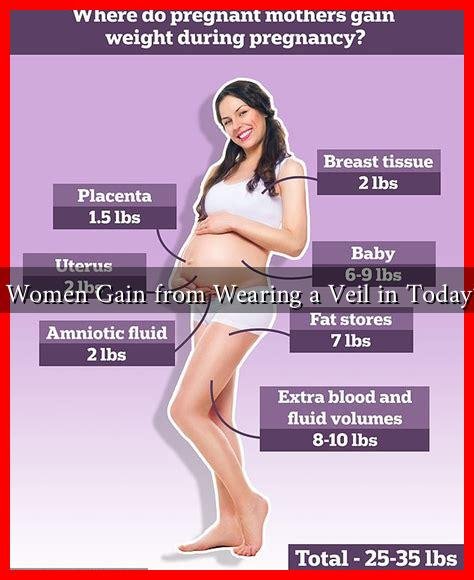-
Table of Contents
What Do Women Gain from Wearing a Veil in Today’s World?
The practice of wearing a veil has deep cultural, religious, and personal significance for many women around the globe. In today’s world, where individual expression and identity are increasingly valued, the veil serves as a multifaceted symbol. This article explores the various benefits women gain from wearing a veil, including empowerment, cultural identity, and social solidarity.
Empowerment and Autonomy
For many women, wearing a veil is an act of empowerment. Contrary to the stereotype that veiling is solely a symbol of oppression, numerous women assert that it allows them to reclaim their autonomy and express their beliefs. Here are some ways in which veiling can be empowering:
- Personal Choice: Many women choose to wear a veil as a personal decision, reflecting their beliefs and values. This choice can foster a sense of control over their own bodies and identities.
- Rejection of Objectification: By covering their hair or face, women can challenge societal norms that often objectify them. This act can serve as a statement against the pressure to conform to conventional beauty standards.
- Spiritual Connection: For religious women, wearing a veil can enhance their spiritual experience, allowing them to feel closer to their faith and community.
For instance, a study conducted by the Pew Research Center found that 62% of Muslim women who wear the hijab feel it is a personal choice that empowers them. This statistic highlights the importance of agency in the decision to wear a veil.
Cultural Identity and Heritage
The veil is often a powerful symbol of cultural identity. In many communities, it represents a connection to heritage and tradition. Here are some aspects of how veiling contributes to cultural identity:
- Preservation of Tradition: Wearing a veil can be a way for women to honor their cultural heritage and maintain traditions that have been passed down through generations.
- Community Belonging: The veil can foster a sense of belonging within a community. Women who wear veils often find solidarity and support among others who share similar beliefs and practices.
- Counteracting Stereotypes: By embracing their cultural attire, women can challenge stereotypes and misconceptions about their communities, promoting a more nuanced understanding of their identities.
For example, in countries like Iran and Afghanistan, the veil is deeply intertwined with national identity. Women who wear the hijab often express pride in their cultural roots, using their attire as a means of cultural resistance against Westernization.
Social Solidarity and Feminism
In recent years, the veil has also become a symbol of social solidarity among women. Many feminist movements have embraced the veil as a form of resistance against patriarchal structures. Here’s how:
- Solidarity Movements: Women across the globe have used the veil as a symbol of solidarity in various social movements, advocating for women’s rights and freedoms.
- Intersectional Feminism: The veil has become a focal point in discussions about intersectionality, highlighting the diverse experiences of women from different backgrounds and cultures.
- Empowerment through Visibility: By wearing a veil, women can assert their presence in public spaces, challenging the notion that they should be invisible or silent.
For instance, during the Women’s March in 2017, many women wore hijabs as a statement of solidarity with Muslim women facing discrimination. This act not only highlighted the intersectionality of feminism but also showcased the power of collective action.
Conclusion
In conclusion, wearing a veil in today’s world offers women a range of benefits, from personal empowerment and cultural identity to social solidarity. It is essential to recognize that the decision to wear a veil is deeply personal and varies from individual to individual. By understanding the complexities surrounding this practice, we can foster a more inclusive dialogue that respects women’s choices and experiences. Ultimately, the veil serves as a powerful symbol of agency, identity, and resistance in a rapidly changing world.
For further reading on the topic, you can explore resources from the Pew Research Center and various feminist literature that discusses the intersectionality of veiling and women’s rights.




